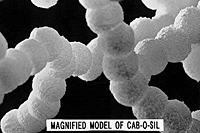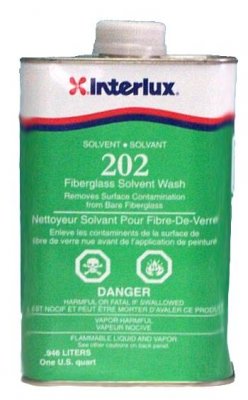Howdy Howdy,, Top of the Day to You All. sorry for the delay. i do haveto get some work done, but i got 5 hits in PM's so i'll post my ruminations here now
The materials are just common fiberglass materials..one can be a bit more exotic and opt to use an epoxy resin, or vinyl-ester as opposed to poly-ester...regular glass matting is actually better than cloth for making the fill
to do kitty hair type compound(long hair chop) for building strong, foundations....simply pull the mat apart. so the hairs become individual strands. then mix with your resin to a stiff consistency, you want plenty of glass in it for structural integrity *note* though vinyl-ester is superior to poly in terms of being able to expand & contract w/o fracturing, i think it shrinks worse than poly. but at any rate You don't want the mix too resin rich. just enough to get workability out of it...rule of thumb the thicker the foundation build the higher the ratio of glass to resin must be. If You're working a small area and don't want to wait a 1/2 hour for kick. as well as the liqid resin haredener, You can accelaerate it by adding creme hardener..this will also help reduce the initial tack that clogs up expensive abrasive papers. *note with glass, amount of mass has to do with how fast it will kick. more density, it holds it's own heat more while kicking...thinner spreads will take longer to kick (i used to work @ Warlock Boats, fast off shore cat & vee bottoms) so that's the long hair mix. for dressing the craters, pinholes etc, next step would be a short hair chop. so this you can adjust by how short you chop the hairs, my self, 1st spread, i cut the chop to approximately 1/2" strands, this time you can up Your resin ratio to get a smoother spread and to help keep it from rolling out of pinholes and craters as You spread across. this a mix that still allows generous build too, the the next time, if You still need a build out of it but not more than another 1/16"
thick after sanding, then kick resin ratio up a little more....when You think You are ready for bondoe skims....there is a product called cabasill, used commonly in boat industry...all it really is is very finely ground glass...looks like snow. moisture will make it clump. so run it through a fine strainer and keep it in sealed container. if you want some build property from it, stay high on the cabasill ratio to resin.... to the consistency of modeling clay. it will spread smooth but allow You to control far easier the amount You are applying to a given area. so far all of these mixes described can be applied on vertical surfaces and hold the shape as applied, won't run, IF the ratio is right *always watch out for too resin rich* but if You don't mind getting your hands goopy, You can litteraly slap on surface and mold the desired shape as You apply. top surface, vertical surface, it will hold the shape You put to it. Also if You want, add cabasill as an extra binder to the long and short hair mixes. Now me. i cut every material open after kick and give it some time to breathe off some solvents before i grind it out and put anything on top of that...time is the best assurance against post-cure & solvent lock. now when You're at a point to start filling tiny flaws, want real thin wipes and dabs. then reduce the cabasill ratio by a good percentage and You can fill the smallest of pins w/o it trying to roll back out....myself i add creme hardener to all of these ratios, along with liquid catalyst...if im building and doing full skims on a panel, i lay off the creme so i've got plenty of time to work it. another *note* as i referred to mass determining how fast the kick comes. a can half full of resin with just a few drops of catalyst will go off much faster and hotter than a can a 1/4 full with the same amount of hardener. If You've ever been frustrated that after so many spreads, that filler begins to get dry and uncooperative, not kicking, but the talc begins to dry and roll into balls instead of spreading out smooth, say goodbye to that problem, you can keep spreading and distributing right up to kick ready. i think there is less shrinkage w/ the absence of talc..whch all pkg'd fillers have...everything is water proof....sands harder, but in my book that is a good thing...too easy sanding..too much talc, more post-cure. Just keep in mind that the thicker of a build You need the higher the glass ratio must be. so by how coarse or fine You chop up the glass is how to regulate spread, but even with the long hair. the spreadability is there....Kitty Hair Long chop doesn't have talc, it's just resin and long strand. the short chops do have talc. Anyway, like i posted, kitty is 50 bones a qt on the avg now, using the bulk materials, a qt shouldn't be more than $7.00 to make, i add cabasill to the long chop mix as well, which the shelf product does not i don't think.
Please experiment on stuff that doesn't matter first, let water seek it's own level and develop Your feel and instinct for mix ratios by working on samples first...a person here who is very knowledgable of the science and art of glasswork is Photon440.. i'm hip-shot eyeball...Photon can give You hard technical information about the science. enjoy, i think You will be ecstatic. i certainly have been for the last few days...just astonished that i lost track of this method in the 80's....it's a vacation now and lets me enjoy the work,not being pressured by kick times allows me to do tighter applications that i don't have to do as much shaping on each time. Peace Everybody, i Hope this works for You, it will certainly save a considerable amount of money....bondoe. i never use. it's not waterproof, nor structural. all of these mixes from thick to thin have structural value. as well as being 100% waterproof. Sail on Sailors

I've been working a Jeep PU fender with this method right now and am as giddy as a schoolgirl with the progression. The cabasill mix at good ratio makes it very hard to snap a piece that is 1/8" thick....the chop mix is near impervious....remember that the glass is what lends the strength, resin is just the binder, so the thicker the build. the more glass neccessary.
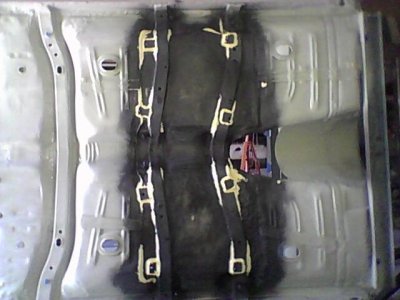
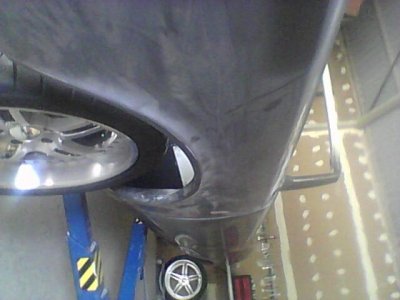
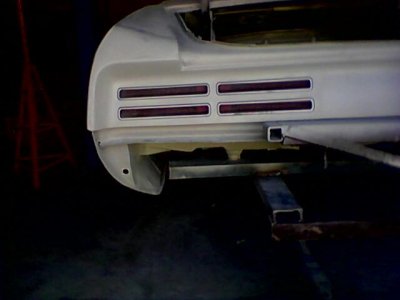
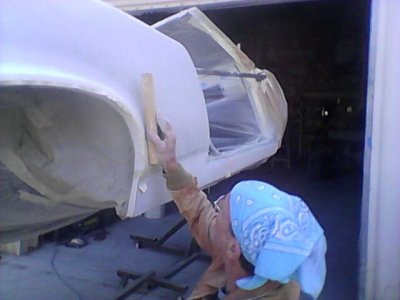
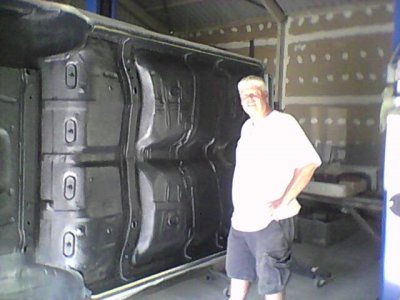
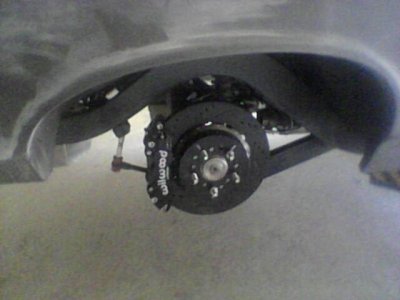
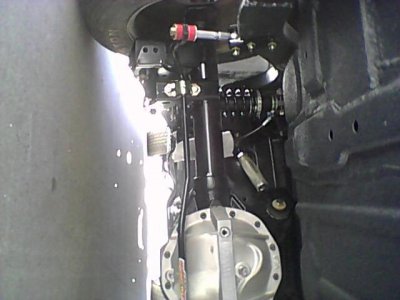 View attachment 260801
View attachment 260801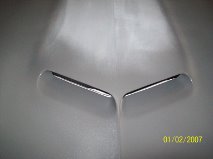
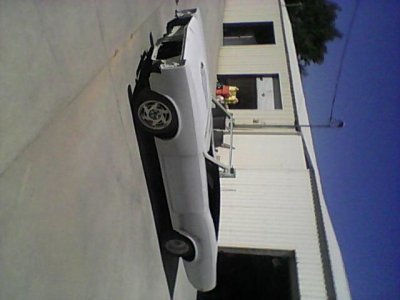 camera dates are wrong....2013-14
camera dates are wrong....2013-14





 View attachment 260801
View attachment 260801
 camera dates are wrong....2013-14
camera dates are wrong....2013-14

